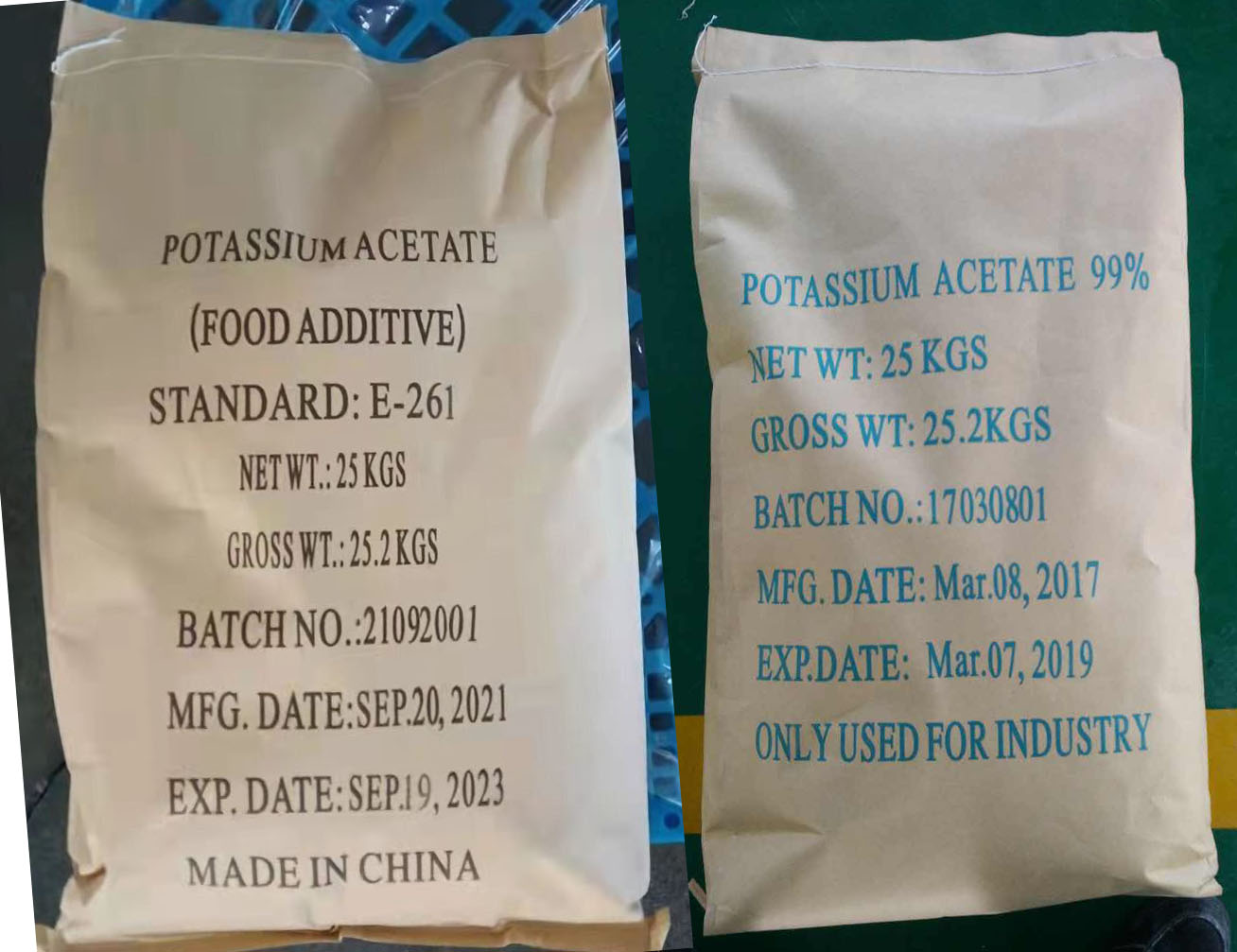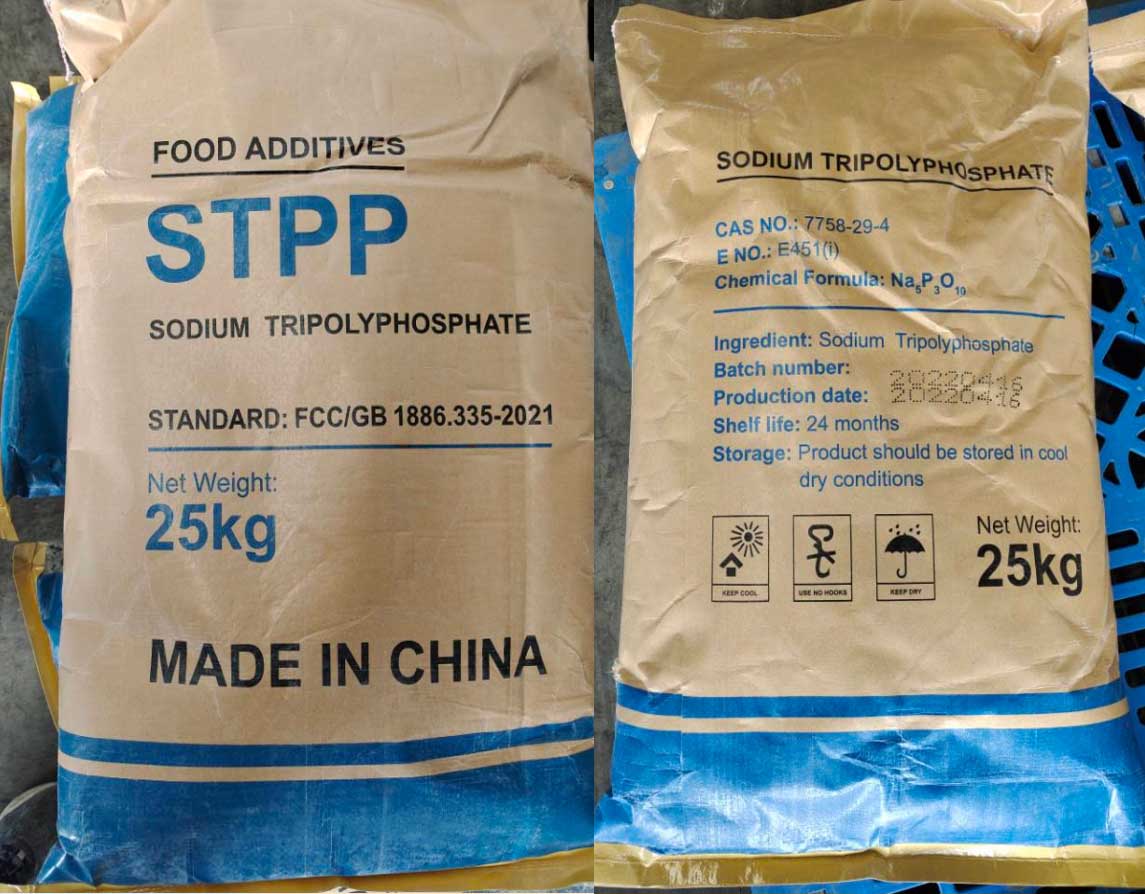Introduction:
Calcium phosphates play a crucial role in the feed industry, serving as essential nutritional supplements for animals. These compounds, derived from natural sources or produced synthetically, contribute to the overall well-being, growth, and productivity of livestock. This article explores the diverse applications of calcium phosphates in animal feeds and their significant impact on animal nutrition.
1. Nutritional Significance:
Calcium phosphates are valued for their high content of calcium and phosphorus, two essential minerals vital for bone development, skeletal integrity, and overall metabolic functions in animals. As calcium and phosphorus are fundamental components of bone structure, providing adequate levels in animal diets is imperative for maintaining healthy and robust skeletons.
2. Types of Calcium Phosphates:
Several forms of calcium phosphates are used in animal feeds, including:
Dicalcium Phosphate (DCP): A common and economical source of calcium and phosphorus.
Monocalcium Phosphate (MCP): Easily digestible and highly bioavailable, providing a concentrated source of phosphorus.
Tricalcium Phosphate (TCP): Offers a balance of calcium and phosphorus and aids in buffering the acidity in the digestive tract.
3. Growth Promotion:
Supplementing animal feeds with calcium phosphates is associated with improved growth rates in young animals. Adequate calcium and phosphorus levels support bone development and ensure proper mineralization, reducing the risk of skeletal disorders and promoting overall health.
4. Reproductive Health:
Calcium phosphates contribute to the reproductive health of animals, especially in dairy and breeding livestock. Proper mineralization is essential for reproductive organs and fetal development, leading to healthier offspring and improved reproductive performance.
5. Phosphorus Utilization:
Phosphorus, a key component of ATP and various metabolic processes, is crucial for energy metabolism and nutrient utilization. Calcium phosphates with high phosphorus bioavailability enhance phosphorus utilization in animals, optimizing energy production and nutrient absorption.
6. pH Regulation:
Tricalcium phosphate acts as a pH regulator in the digestive tract, helping to maintain optimal conditions for enzyme activity and nutrient absorption. This is particularly important for monogastric animals, such as pigs and poultry.
7. Mycotoxin Control:
Calcium phosphates, especially dicalcium phosphate, contribute to mycotoxin control in animal feeds. By binding to mycotoxins, they help prevent their absorption in the digestive tract, reducing the risk of mycotoxicosis.
8. Dosage and Formulation:
The inclusion of calcium phosphates in animal feeds is carefully formulated based on factors such as animal species, age, weight, and specific nutritional requirements. Feed manufacturers meticulously adjust the dosage to meet regulatory standards and ensure the well-balanced nutrition of animals.
Conclusion:
In conclusion, calcium phosphates play a pivotal role in the feed industry by contributing to the nutritional well-being, growth, and overall health of animals. Their applications span various aspects, including bone development, reproductive health, pH regulation, and mycotoxin control. As the livestock industry continues to evolve, the strategic use of calcium phosphates remains essential for ensuring optimal animal nutrition and sustainable production practices.




